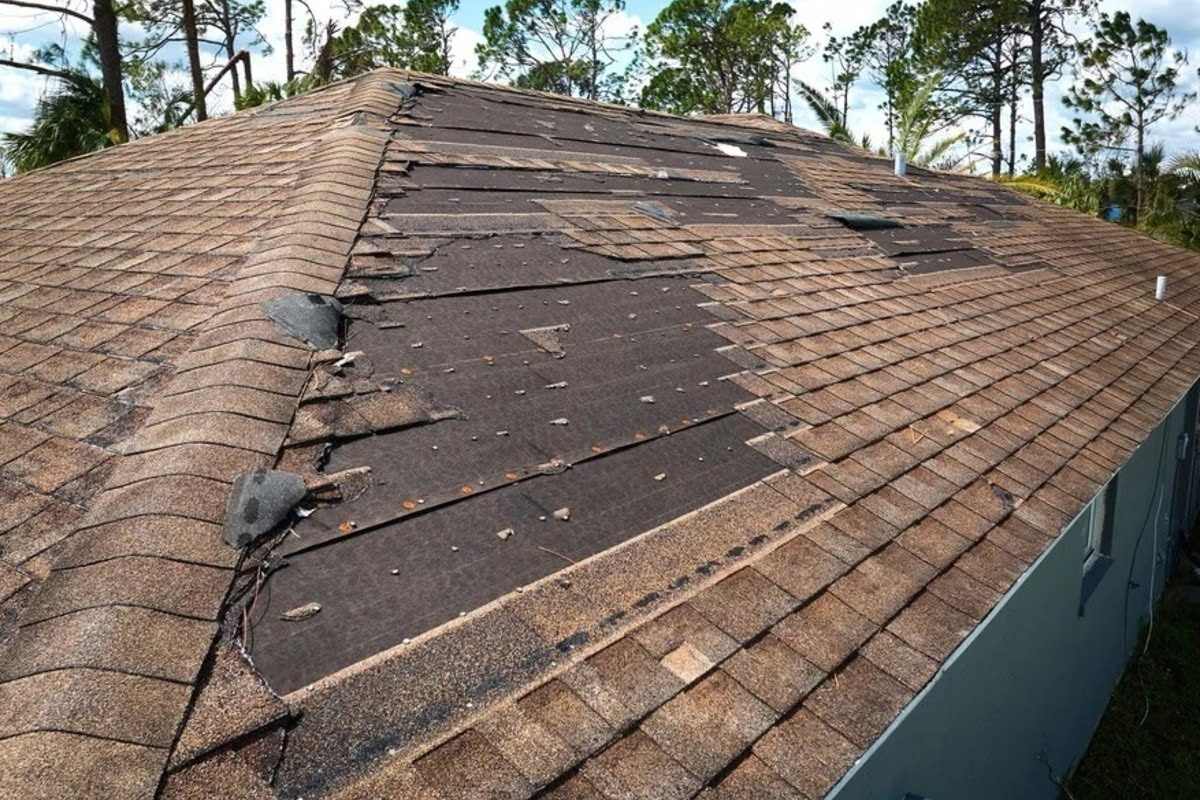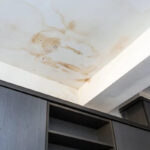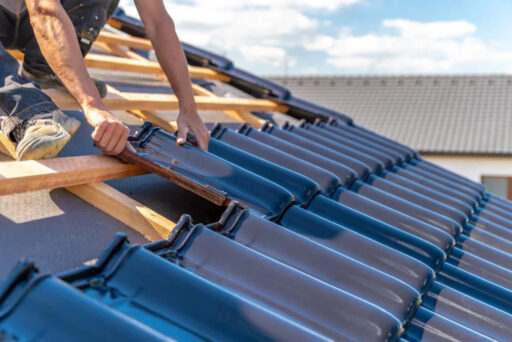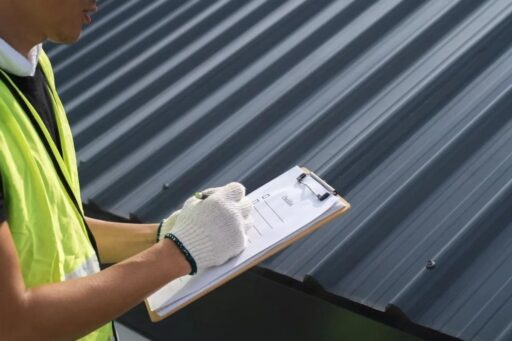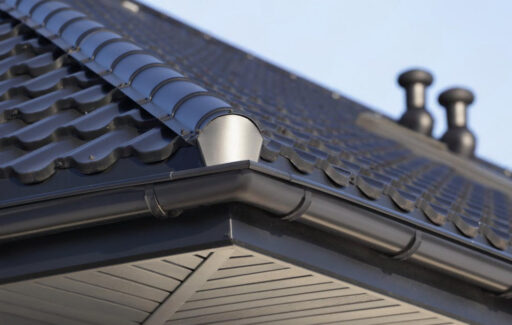Timing roof replacement in Vancouver plays a crucial role because of the city’s unique climate. Homeowners must plan carefully to protect their investment. Rainfall, temperature fluctuations, and seasonal storms directly affect the longevity of roofing materials and the quality of installation. Knowing when to replace a roof helps homeowners safeguard their home, reduce costs, and minimize the risk of water damage or installation problems.
Vancouver’s Seasonal Challenges for Roof Replacement
Vancouver’s climate is unique, characterized by wet winters, mild springs, and comfortable summers. These seasonal variations play a critical role in determining the best time for roof work. Each season presents its own set of challenges, and understanding these can help you make an informed decision.
- Winter: The heavy rainfall and occasional snow of Vancouver winters can make roof replacement challenging. Moisture can affect the installation process and lead to complications such as leaks or mould if not handled properly.
- Spring: While the weather begins to improve, spring can still be unpredictable. Sudden rain showers and fluctuating temperatures might disrupt your plans, though many contractors are more available at this time.
- Summer: This season offers the most favourable conditions for roof work. With longer daylight hours and dryer weather, contractors can work efficiently, and materials are less likely to be affected by moisture. Knowing when to replace a roof in summer helps maximize installation quality.
- Fall: Early autumn is another suitable window, as the weather remains relatively dry. However, the approach of winter means that any delays could have more serious repercussions.
Selecting the right season based on these challenges can prevent delays and ensure the longevity of your new roof.
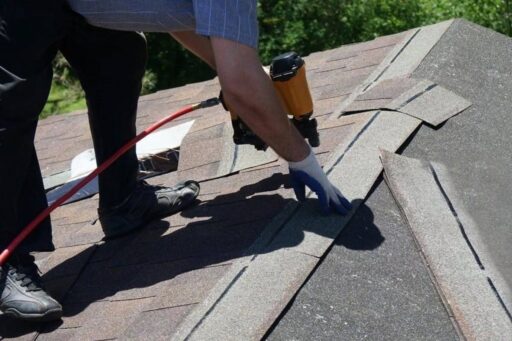
Roof Types and Seasonal Considerations
Different roofing materials respond uniquely to seasonal conditions, and understanding these nuances can help homeowners make informed decisions about when to schedule their roof replacement. Additionally, knowing the cost ranges for each roof type provides valuable context for budgeting and planning.
Asphalt Shingles
Asphalt shingles are a popular choice for many homeowners due to their affordability and ease of installation. However, these shingles are sensitive to temperature fluctuations, which can affect the adhesive properties needed for proper sealing.
- Ideal Season: Spring and fall are optimal seasons for installing asphalt shingles. The moderate temperatures ensure that the shingles are neither too brittle nor too soft, allowing them to adhere properly.
- Challenges: Installing in extreme cold can lead to cracking, while excessive heat can cause them to become overly pliable, complicating the installation process.
- Cost Considerations: Typically, asphalt shingles range from $3 to $5 per square foot, including materials and labour. Costs may vary based on roof size, complexity, and premium shingle options. Proper seasonal installation ensures adhesion and alignment, avoiding future repairs or leaks.
Metal Roofs
Metal roofing offers durability and longevity but requires precise weather conditions for installation. Homeowners must carefully assess when to replace a roof with metal panels to manage expansion and contraction.
- Ideal Season: Late spring to early fall is the best period for metal roof installation. The stable weather conditions allow for precise fitting, which is crucial for this type of roofing material.
- Challenges: Metal expands and contracts with temperature changes, so installing in extreme cold or heat could lead to misalignment and future issues with your roof.
- Cost Considerations: Metal roofs generally cost between $7 and $12 per square foot, depending on material type (standing seam vs. corrugated panels) and complexity. Although upfront costs are higher, metal roofs provide long-term value and durability when installed correctly during optimal weather.
Flat Roofs (Torch-on, EPDM, TPO)
Flat roofs, including torch-on, EPDM, and TPO, have specific installation requirements that are heavily dependent on weather conditions. These materials are particularly sensitive to moisture, making dry conditions essential for a successful installation.
- Ideal Season: Summer is the best time for flat roof installations in Vancouver. The dry climate ensures that moisture does not compromise the adhesive properties of the materials.
- Challenges: Installing in wet or humid conditions can lead to adhesion problems, which can cause leaks and reduce the lifespan of the roof. Ponding water and improper drainage are common issues when installation occurs in suboptimal weather.
- Cost Considerations: Flat roofing systems typically range from $5 to $10 per square foot, depending on the type of membrane, roof size, and installation complexity. Scheduling replacement during dry months is crucial to protect the roof’s waterproofing and maximize longevity.

Cedar Shake
Cedar shake roofs offer a classic look that many homeowners desire. However, their natural material requires careful consideration of weather conditions during installation.
- Ideal Season: Late spring to early fall is the ideal time for cedar shake installation. The dry conditions allow the wood to settle without absorbing moisture, which could cause warping or other issues.
- Challenges: Moist conditions can lead to premature aging and rot, reducing the lifespan of your cedar shake roof. Proper ventilation and moisture barriers are critical to prevent long-term damage.
- Cost Considerations: Cedar shake roofing ranges from $6 to $10 per square foot. Scheduling when to replace a roof properly reduces the likelihood of rot or premature aging.
Cost Factors and Budgeting
When planning for a roof replacement, several cost drivers come into play. Understanding these factors can help homeowners budget effectively and avoid unexpected expenses.
- Roof Size and Complexity
The size and complexity of the roof significantly influence costs. Larger roofs require more materials and labour, which can increase the overall price. Additionally, roofs with multiple slopes or intricate designs may incur higher labour costs due to the additional time and expertise required. - Material Selection
The choice of roofing material is one of the most significant cost factors. Each material has its own price point, and premium options will naturally cost more. For instance, while asphalt shingles are generally more affordable, metal and cedar shake roofs come with higher upfront costs but may offer better long-term value. - Labour Costs
Labour rates can vary based on the contractor’s experience and the local market. Engaging a reputable contractor may come at a premium, but their expertise can save money in the long run by ensuring a quality installation. - Seasonal Premiums
Scheduling a roof replacement during peak seasons can lead to higher costs due to increased demand. Conversely, opting for a replacement during the off-peak months may yield better pricing and availability.
When to Schedule: Expert Weather Windows
Determining the optimal months for roof replacement in Vancouver involves weighing the pros and cons of each season.
Late spring and early summer are generally the best times for roof replacements. The weather is typically dry, and temperatures are moderate, allowing for effective installation. Contractors are also more readily available during these months, which can lead to competitive pricing.
Replacing a roof in fall or winter carries additional risks. Heavy rainfall during these months can introduce moisture into the substrate, complicating installation. Cold temperatures can also slow the curing of sealants, increasing the chance of errors. Homeowners who consider when to replace a roof carefully can avoid these seasonal pitfalls and ensure long-term durability.
While spring and summer are ideal, there are exceptions for specific roof types. For instance, flat roofs may be installed in the fall if proper drainage measures are in place. Similarly, metal roofs can sometimes be installed in winter with the right techniques and materials.

Preparation for Roof Replacement
Proper preparation is key to a successful roof replacement. Homeowners should consider several steps to ensure a smooth process.
- Structural Inspection
Before replacing a roof, it’s essential to conduct a thorough inspection of the roof’s structure. This includes checking the decking condition and ensuring that it can support the new roofing material. Any pre-existing damage should be addressed before installation begins. - Insulation and Ventilation
Upgrading insulation and ventilation systems during a roof replacement can enhance energy efficiency and prevent moisture buildup. Proper ventilation is crucial for maintaining a healthy attic environment and prolonging the life of the roof. - Removal of Old Materials
Removing old roofing materials is a critical step in the preparation process. A clean slate allows for proper installation of the new roof and helps prevent future leaks. Homeowners should ensure that the contractor follows best practices for material disposal.
Pro Tips from Vancouver Roofers
To ensure a successful roof replacement, consider these practical tips from experienced Vancouver roofers.
- Schedule in Advance: Book your contractor early to secure preferred timing. Planning helps homeowners know when to replace a roof and avoid seasonal delays.
- Seasonal Inspection Readiness: Regular inspections throughout the year can help identify potential issues before they escalate. Homeowners should be proactive in assessing their roofs, particularly before the rainy season.
- Material Storage and Protection: If there are delays in the installation process, ensure that roofing materials are stored properly to prevent damage. Protecting materials from moisture and extreme temperatures is essential for maintaining their integrity.
- Long-Term Maintenance Planning: After a roof replacement, establishing a long-term maintenance plan is vital. Regular inspections and maintenance can extend the life of the roof and prevent costly repairs down the line.
Optimize Timing to Protect Your Home
In summary, evaluating Vancouver’s climate, roof material, and cost considerations allows homeowners to choose the best time for a roof replacement. Understanding when to replace a roof ensures installation quality, long-term durability, and protection from water damage. A well-planned replacement enhances property value and provides peace of mind against the elements. Homeowners who carefully assess these factors can schedule their roof replacement with confidence, achieving optimal results.

